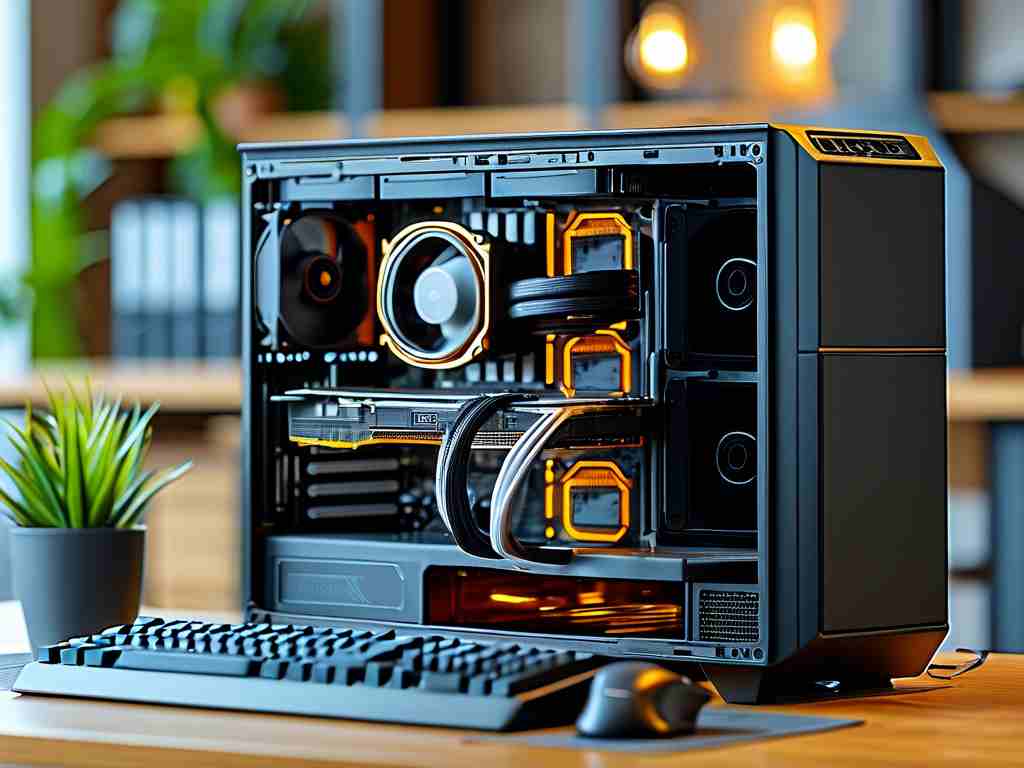The question of whether 16GB of RAM suffices for contemporary computer usage sparks debate among casual users and professionals alike. While hardware requirements evolve rapidly, 16GB remains a versatile configuration for many scenarios. Let’s examine practical use cases and emerging trends to determine if this memory capacity meets current standards.

For general productivity tasks like web browsing, document editing, and video conferencing, 16GB provides ample headroom. Modern browsers typically consume 2-4GB when handling multiple tabs, while office applications rarely exceed 1-2GB collectively. This leaves significant unused memory for background processes and system operations. A study conducted by PC hardware analysts revealed that average office workflows utilize only 40-60% of 16GB capacity during peak usage.
Gaming presents a more nuanced scenario. Most AAA titles recommend 16GB as baseline memory, but performance varies dramatically depending on additional factors. Games like Cyberpunk 2077 and Microsoft Flight Simulator can allocate over 12GB when running at maximum settings with ray tracing enabled. However, pairing 16GB with optimized texture streaming and intelligent background process management often delivers smooth gameplay. Hardware monitoring tools demonstrate that while gaming memory usage frequently touches 14GB, effective memory compression technologies prevent noticeable performance drops.
Content creation workflows demand closer scrutiny. Video editors working with 4K footage in Adobe Premiere Pro may encounter limitations when combining raw footage, effects layers, and background rendering. Benchmark tests show 8K video editing projects can consume 18-22GB of RAM, making 16GB configurations prone to swap file reliance. Nevertheless, creators employing proxy workflows or specializing in 1080p content report satisfactory performance with proper cache management.
Software developers face similar conditional requirements. Compiling large codebases in IDEs like IntelliJ or Visual Studio occasionally pushes memory usage beyond 14GB, particularly when running virtual machines or containerized environments. Mobile app developers testing Android emulators frequently hit 15GB utilization, suggesting 16GB operates at the edge of comfortable capacity for certain development scenarios.
Emerging technologies complicate the longevity question. Machine learning frameworks and AI-assisted tools increasingly leverage system memory for local processing. Stable Diffusion image generation, for instance, requires 10-12GB for basic operations, leaving minimal buffer on 16GB systems. While cloud-based alternatives mitigate this strain, professionals preferring offline workflows may find 16GB restrictive within 2-3 years.
The operating system’s role cannot be overlooked. Windows 11 allocates 3-4GB for core services, while macOS Ventura demonstrates similar baseline consumption. These figures rise significantly when accounting for security suites, driver overhead, and automatic update processes. Users maintaining lean system configurations can maximize available memory, but those with multiple startup applications may experience resource contention.
Upgrade considerations further inform the decision. Most modern laptops solder RAM directly to motherboards, making post-purchase upgrades impossible. Desktop users enjoy more flexibility, but DDR5 adoption complicates mixing memory generations. This permanence factor makes 16GB a riskier choice for users anticipating longer device lifespans.
Industry trends suggest gradual memory requirement inflation. The Steam Hardware Survey indicates 16GB remains the most common gaming configuration (42% share), but 32GB adoption grew 7% year-over-year. Software developers increasingly optimize for higher memory capacities, as evidenced by Unreal Engine 5’s recommendation of 32GB for professional workflows.
Cost-benefit analysis reveals interesting patterns. The price delta between 16GB and 32GB kits has narrowed to $40-60 in many markets, making capacity upgrades more accessible. However, budget-conscious buyers must weigh this against GPU or storage investments that might yield more immediate performance gains.
Ultimately, 16GB satisfies current mainstream needs but shows early signs of aging for power users. Casual users can confidently opt for this configuration, while professionals and enthusiasts should consider future-proofing with 32GB. As operating systems and applications continue evolving, the memory adequacy threshold will inevitably climb, but for 2024, 16GB maintains its position as the sensible default for balanced computing.

